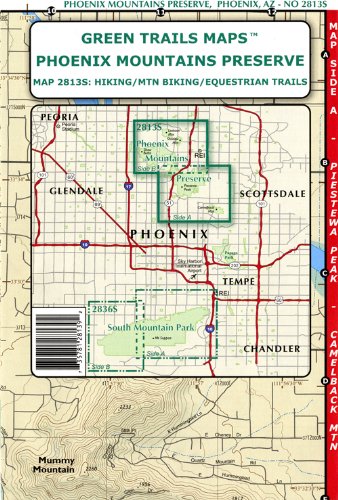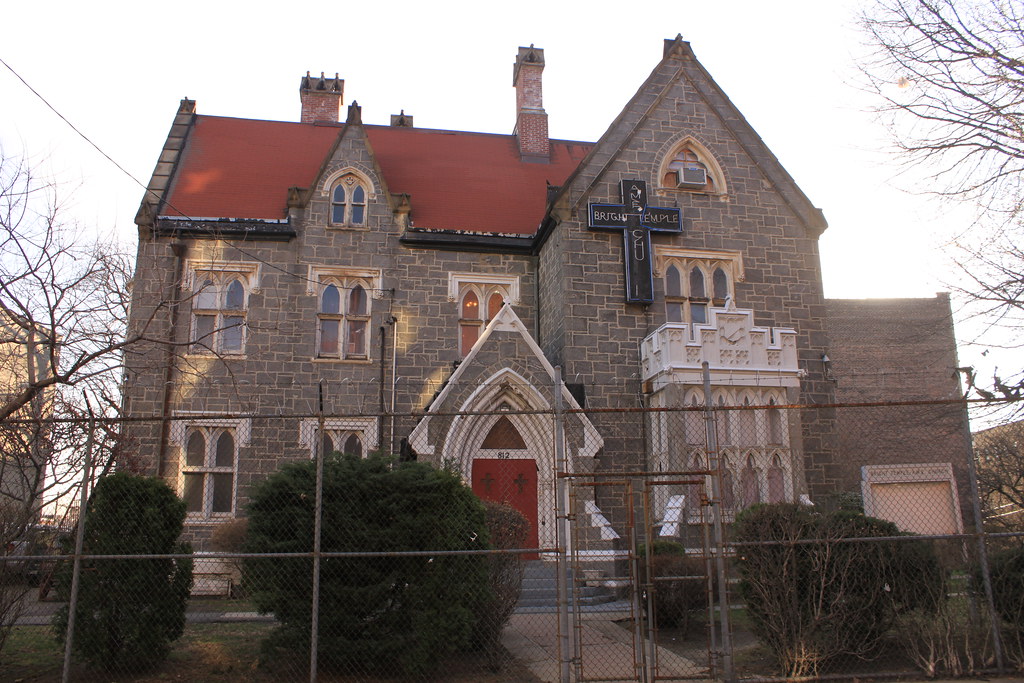SUNNYSLOPE FLORAL - SUNNYSLOPE
SUNNYSLOPE FLORAL - FLOWERS WEDDING BOUQUET - HAWAIIAN FLOWERS DELIVERED
Sunnyslope Floral
- Sunnyslope may refer to: ;in the United States (by state) * Sunnyslope Mountain, Phoenix, Arizona * Sunnyslope, Arizona a former town in Arizona.
Sunnyslope, also known as Bright Temple A.M.E. Church, is a historic home located at South Bronx, The Bronx in New York, New York. It was built about 1860 and is a two and one half story Gothic Revival style house built in the Picturesque mode.
- of or relating to the plant life in a particular region; "characteristic alpine floral elements"
- Decorated with or depicting flowers
- Of flowers
- Of flora or floras
- resembling or made of or suggestive of flowers; "an unusual floral design"
- relating to or associated with flowers; "floral organs"
Phoenix Mountains Preserve (Hiking / Mountain Biking / Equestrian Trails, 2813S)

Phoenix Mountains Preserve includes a systems of parks including Camelback Mountain / Echo Canyon Recreation Area, Phoenix Mountains Park, Dreamy Draw Recreation Area, Piestawa Peak (Squaw Peak), Shadow Mountain, Lookout Mountain, Shaw Butte, and North Mountain. Green Trails Maps' Map 2813S covers the the entire mountain preserve, located in central Phoenix, Arizona. The two-sided map shows topographic contours at a 40' interval; interstate and highways, arterial streets, streets, gravel roads, the 100 Trail, hiker only trails, hiker and mountain bike trails, signed hiker horseback and mountain bike trails, recreational road trails, unsigned hiker horseback and mountain bike trails, planned trails, and trails located along a road; parking and park and ride lots; toilets; portable toilets; points of interest; picnic areas; interpretive centers; interpretive trails and sites; benches; towers; gates; viewpoints; tunnels; hospitals; shopping centers; golf courses; canals and seasonal washes; primary trailheads with parking and trailheads with limited parking; latitude / longitude and UTM grid scales; city park boundaries and native land boundaries; approximate milage between dots; and approximate trail elevations. A sidebar lists the primary trails for each park.
Two-sided, self-cover, paper folded map.
Projection = UTM Zone 12
Datum = NAD27
Contour Interval:40'
Size:
* Folded = 6" x 9"
* Unfolded = 24" x 18"

78% (19)
Sunnyslope (Peter S. Hoe House)

Bright Temple A.M.E. Church, Hunts Point, Bronx
Sunnyslope, an unusually handsome Gothic Revival manor house surviving in the Hunt's Point section of the Bronx, was built in the early 1860s on a 14.6-acre estate belonging to Peter S. Hoe in what was then a rural district of Westchester County. Hoe was the younger brother of Richard M. Hoe, and a member of his brother's firm, R.M. Hoe & Company, one of the most innovative and successful manufacturers of printing equipment in the nineteenth century. Hunt's Point was then part of the town of West Farms, a quiet area of estates and manor houses.
Sunnyslope is a Gothic Revival style house designed in the mid-nineteenth century Picturesque tradition which produced many of the handsomest estates in New York City. A square, compact, high-style stone villa, it is in the manner of Calvert Vaux, the English-born associate of Andrew Jackson Downing and Frederick Law Olmsted. There is no known connection between the Hoe house and Vaux, but there is a great resemblance between Sunnyslope and several of the designs published in Vaux's Villas and Cottages.
Although Peter Hoe sold Sunnyslope in 1864, it remained a country estate for the next several decades, despite New York City's annexation in 1874 of West Farms and the rest of the West Bronx. Eventually, like most Bronx estates, the acres surrounding Sunnyslope were sold off and developed. By good fortune, the house survived the transformation of Hunt's Point into a built-up city neighborhood and today it is an unusual survivor of the rural past of the urban South Rronx, as well as one of the finest surviving Gothic Revival houses in New York.
The Hoe family and their estates in West Farms
Peter Smith Hoe (1821-1902), for whom Sunnyslope was built, was the younger brother of Richard March Hoe (1812-1886), and the eighth child of Robert Hoe (1784-1833), founder of the firm of R. Hoe & Company. Robert Hoe, born in England, had emigrated to the United States in 1803, and established a New York City carpentry shop under the name of Smith, Hoe & Company which made printers' equipment. During the next century the firm, renamed R. Hoe & Company, became one of the most important and innovative manufacturers of printing presses in the country. Robert Hoe introduced the cylinder press to America in the late 1820s; following his death in 1833, his eldest son Richard continued the business and revolutionized the printing industry several times with a series of inventions including the double cylinder press (1837) and the rotary press (1846).! Richard Hoe's obituary in the New York Times (which used his presses) explained that Hoe's rotary press
...was used in almost all newspaper offices then in existence in New-York. On this new press the form of type was secured upon the surface of a large horizontal cylinder, and printed at every revolution as many papers as the machine had impression cylinders. These cylinders were at first four in number, then six, then eight, and then ten, giving finally a maximum production of 20,000 single sheet copies an hour. Before this type revolving press was invented the machines used printed by moving the form of type back and forth, as on a plane.
The Times's writer added that
...the present perfect press was not invented until the . art of stereotyping was developed Hoe invented the press now in use, which cuts the paper after both sides are printed, folds it, and turns out the perfect newspaper. The firm, which now consists of Robert Hoe, Jr., Peter S. Hoe, Stephen S. Hoe, Stephen D. Tucker, and Theodore H. Mead, has made presses for newspapers in nearly all the large cities in America.
As they became wealthy, both Richard Hoe and his brother Peter bought estates in West Farms, now part of the Borough of the Bronx but then one of the rural townships of southern Westchester County. Up until the time of its annexation to New York City the Bronx was the site of great numbers of country estates owned by affluent New Yorkers, like the Hoes, who were attracted to its scenic wooded countryside. Parts of the Bronx began to develop rapidly after 1850, but many areas, including West Farms, maintained their rural character through the end of the nineteenth century. The township of West Farms was created in 1846 out of territory formerly belonging to the township of Westchester; at that time it included Morrisania and Fordham, but Morrisania was formed into a separate township ten years later. Hunt's Point, named for Thomas Hunt, was the southeastern tip of West Farms. According to an 1886 description of West Farms, "the surface is rolling," and "within its boundaries are numerous splendid residences, some fine church edifices, and denominational institutions."
Richard Hoe bought his estate, which he named Brightside, in 1858.5 According to a nineteenth-century historian, "Upon this property he had an elegant residence, while the farm produces some of the finest
sunnyslope

i went with my friend kelly to her friend cheyenne's house in sunnyslope one day and photographed her yard.
see the dog behind the grill?
Similar posts:
funky floral fabric
large flower arrangements for weddings
cheap flower centerpieces
church flower
mothers day gifts flowers
wedding reception flowers
boys before flowers episode 10 part 1
|